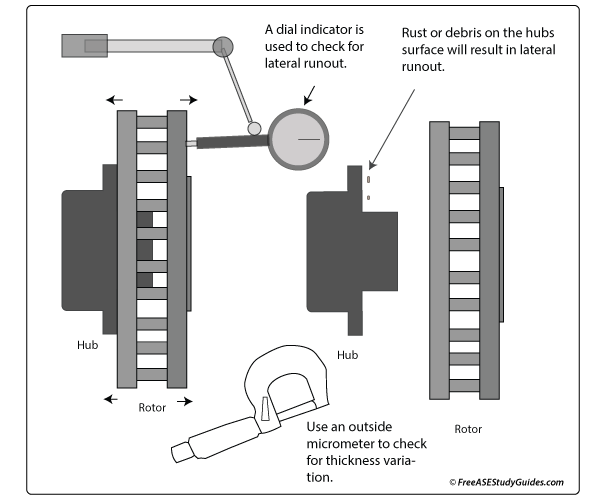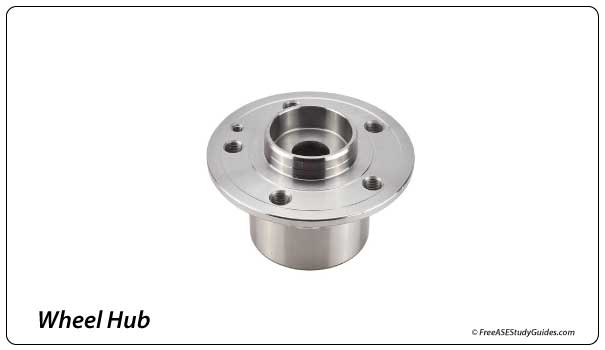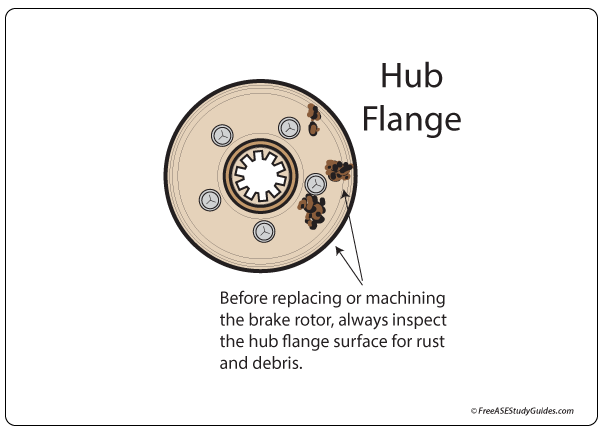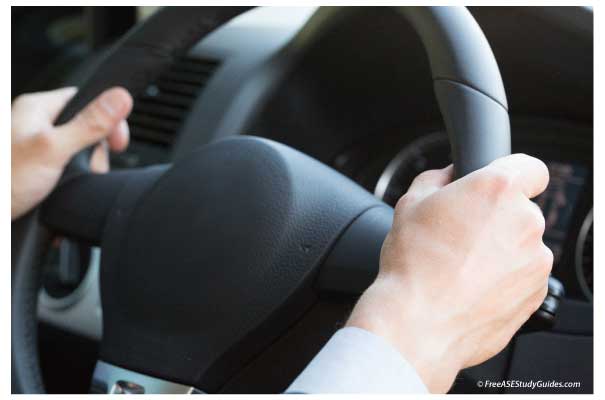Rotor Distortion and the Hub Flange

The steering wheel shakes when I apply the brakes. This vibration is the most common customer complaint when it comes to brakes. Sometimes, this vibration is severe.

Lateral runout and thickness variation are real problems and result in rotor replacement and machining. This vehicle requires frequent rotor replacement, indicating that something else is causing this recurring pulsation.

It reminds us of the importance of inspecting components like the steering knuckle, hub, and hub flange before replacing the rotors. Rust, debris, or a protrusion on its surface results in an uneven surface between the flange and the rotor. This problem causes the rotor to wobble.

If the problem rotor is on the front, a vibration will be felt in the steering wheel while braking. The vibration is felt in the seat if the problem rotor is on the rear.